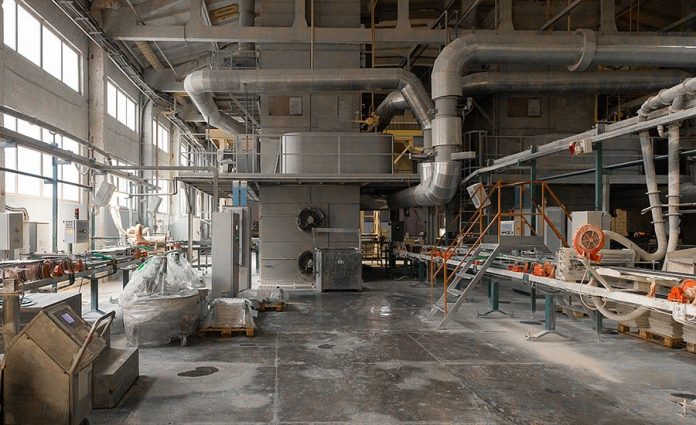Maintaining high indoor air standards in industrial workplaces is vital for protecting employee well-being and ensuring consistent productivity. When air quality declines, worker health often suffers—and with it, the efficiency of the entire operation. Left unchecked, this can lead to widespread health complications, absenteeism, and overall disruptions to output.
As a result, creating a robust strategy for air quality control is essential for engineers, plant managers, and facility administrators. The following outlines the main contributors to indoor air contamination and offers practical solutions for fostering a safer atmospheric environment.
The term indoor air quality (IAQ) encompasses the condition of the air within and immediately surrounding a building. Factors such as infiltration from outside, humidity variation, internal temperature shifts, mold spores, and suspended particulates all influence IAQ levels. The U.S. Environmental Protection Agency (EPA) has identified indoor air contamination as one of the most significant environmental health challenges facing the public today.
A variety of pollutants can degrade the air in industrial facilities. Faulty ventilation systems often allow gases like carbon monoxide and carbon dioxide to circulate freely. In addition, microscopic non-biological particles—such as synthetic dust—can linger in the air, while allergens and biological materials like mold, mildew, bacteria, and mites exacerbate the problem.
Volatile organic compounds (VOCs) represent another serious threat. These are chemicals emitted from everyday industrial supplies including cleaning agents, adhesives, paints, and sealants. Indoors, VOC levels can be several times higher than those measured outside. Long-term exposure may lead to respiratory distress, neurological disturbances, skin inflammation, and eye irritation.
To tackle these challenges, facilities should begin with comprehensive air monitoring. These evaluations help identify the specific pollutants compromising air quality. Once detected, tailored interventions can be implemented to address the sources directly. For example, introducing vacuum infusion equipment into air handling processes can significantly improve air movement and reduce pollutant buildup. This step not only ensures better distribution of clean air but also limits accumulation of dangerous substances.
In parallel, outfitting workers with appropriate protective tools remains a foundational element of workplace safety. Respiratory masks certified by OSHA serve as an effective barrier against toxic fumes, fine dust particles, and microbial hazards. Ensuring that this equipment is available and properly used reduces risk significantly for frontline personnel.
Modernizing ventilation infrastructure is another impactful step. Upgrades that incorporate HEPA filtration or other advanced filtering mechanisms greatly increase a system’s capacity to eliminate contaminants. Moreover, maintaining these systems through regular checkups and part replacements ensures long-term performance and safety. Preventive maintenance routines can also help avoid costly breakdowns that compromise indoor air quality.
Ultimately, cleaner indoor air isn’t just a matter of comfort—it’s a direct contributor to employee health, operational reliability, and regulatory compliance. Industrial leaders who prioritize air purity today set the stage for healthier workplaces and stronger performance tomorrow.
Content provided by Kelair Dampers






